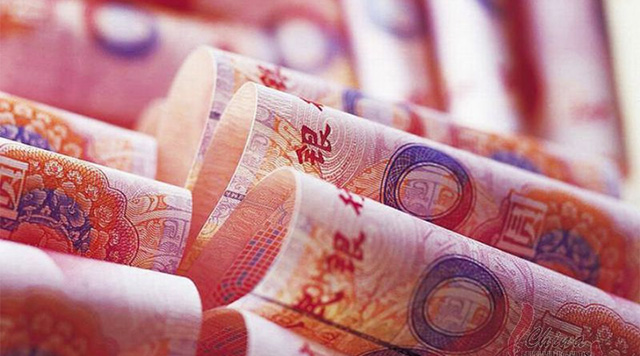
CrowdBerkeley: 3rd Annual Academic Symposium on Crowdfunding

Our ​3rd ​annual ​academic ​symposium ​on ​crowdfunding ​​will ​take ​a ​global ​look ​at ​the ​developing ​phenomena ​of ​social ​finance ​for ​SMEs ​and ​Innovation ​ ​- ​whether ​strictly ​“crowdfunding” ​or ​more ​broadly ​the ​application ​of ​social ​finance ​mechanisms ​including ​Peer-to-Peer ​lending, ​Peer-to-Business ​lending, ​and ​all ​other ​forms ​of ​crowdfunding ​and ​crowdfund ​investing. ​Since ​our ​2013 ​conference, ​the ​number ​of ​platforms ​has ​more ​than ​doubled, ​and ​despite ​significant ​delays ​in ​enacting ​rules ​to ​allow ​equity ​crowdfunding ​in ​the ​United ​States, ​many ​nations ​have ​adopted ​laws ​and ​rules ​to ​allow ​crowdfunding.
Photo source: www.thedigitalfa.com









